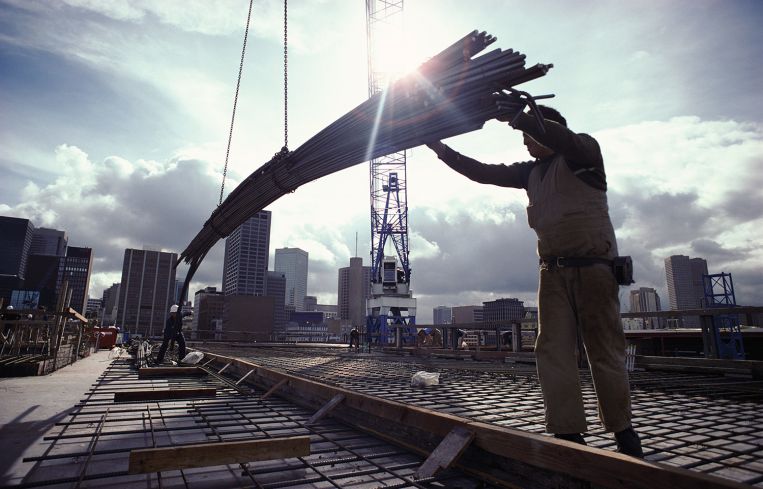S&P Report Finds CRE Sector Credit Quality Remains Strong Despite Shaky Economy
Office and retail leasing has returned, while REITs are posting positive ratings
By Brian Pascus September 5, 2025 2:01 pm
reprints
Amid the gloom and doom, there are still a few bright spots in commercial real estate today.
A new report from S&P Global Ratings found that leasing has improved across commercial real estate sectors, mainly because the bid-ask spread between buyers and sellers has reached “an inflection point,” and demand for space is now strong in once-hindered asset classes like office and retail.
“Office REITs [real estate investment trusts] … are reporting strong leasing results that indicate the trough in occupancy will likely be in 2025,” wrote S&P analysts. “Retail demand has held up well in spite of macroeconomic uncertainty, as REIT landlords seamlessly backfilled vacant space from retail tenants who filed for bankruptcy earlier in the year.”
The global ratings firm argued that this new momentum around leasing and valuations has turned around the previously negative ratings sentiments toward CRE finance companies and mortgage real estate investment trusts. Of the six CRE lenders S&P Global rates on a quarterly basis, the loan loss allowance (percentage of uncollectible loans) ranged from just 2 percent to 7 percent so far in 2025.
However, S&P estimates that 75 percent of the loan portfolio among these lenders remains exposed to older vintage deals originated before 2022 that could face refinancing risk amid the higher interest rate landscape and rapidly changing economy.
“While an expected decline in interest rates in the second half should improve the refinancing prospects for these loans, we remain cautious about the upcoming final maturity wall,” wrote analysts.
The economy faces headwinds on several fronts: elevated tariffs have placed pressure on the suppliers and builders over the cost of materials; the labor market has cooled in August, with only 22,000 new jobs added to the economy; unemployment now sits at 4.3 percent, its highest mark in three years; and S&P reported that the U.S. economy slowed to a 1.2 percent annualized growth rate in the first six months of the year, not quite at the same pace as the 2.8 growth rate the economy averaged in 2024.
“Credit quality is holding up amid economic headwinds,” wrote analysts. “Despite these headwinds, the real estate sector’s credit quality remains resilient, and prospects for a rate cut should support asset values and drive a firmer recovery in transactions.”
But not all is well in every asset class. S&P concluded that the multifamily and residential sectors are being pummeled by slower demand due to a widespread lack of affordable housing options and the high cost of shelter — factors often blamed on a lack of housing supply and persistently elevated mortgage rates.
There’s also the fact that construction firms and homebuilders have been pummeled by President Donald Trump’s costly tariff policy and Federal Reserve Chairman Jerome Powell’s high interest rate environment. The Fed has held the benchmark, short-term interest rate at 4.25 percent to 4.50 percent for almost a full year.
“Cost headwinds and weaker demand are weighing on building materials companies, and we expect the negative rating bias to grow in the next year,” wrote S&P.
Of the firms in the building sector that S&P charts, 17 percent have ratings with negative outlooks while only 8 percent have positive outlooks.
“U.S. building materials producers are reporting that elevated tariffs, most notably on lumber, steel and aluminum, continue to weigh on input costs and margins,” the authors wrote. “Furthermore, softer demand, specifically in nondiscretionary repair and remodeling, are weakening volumes and overall business performance.”
Brian Pascus can be reached at bpascus@commercialobserver.com.


